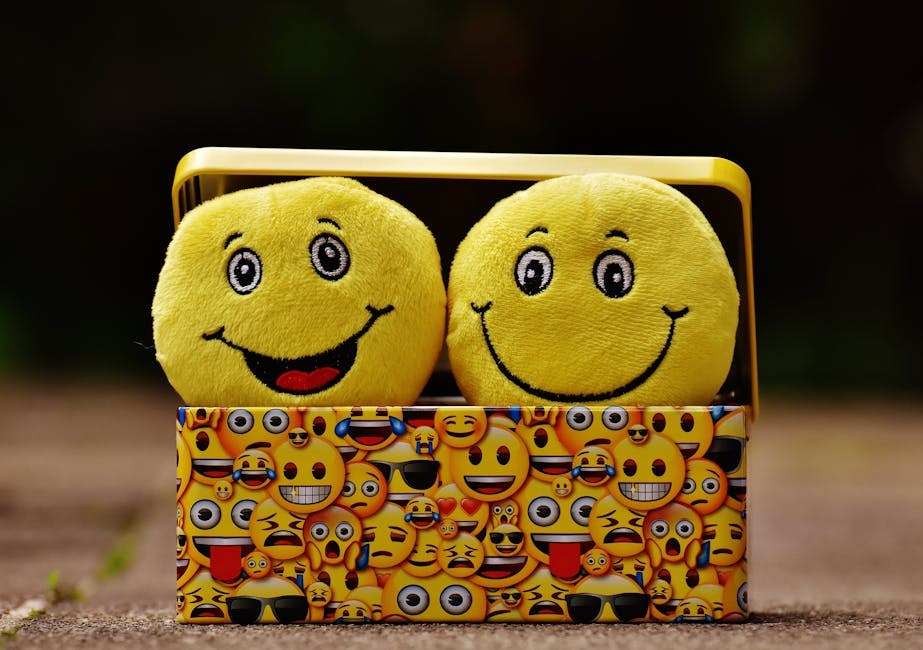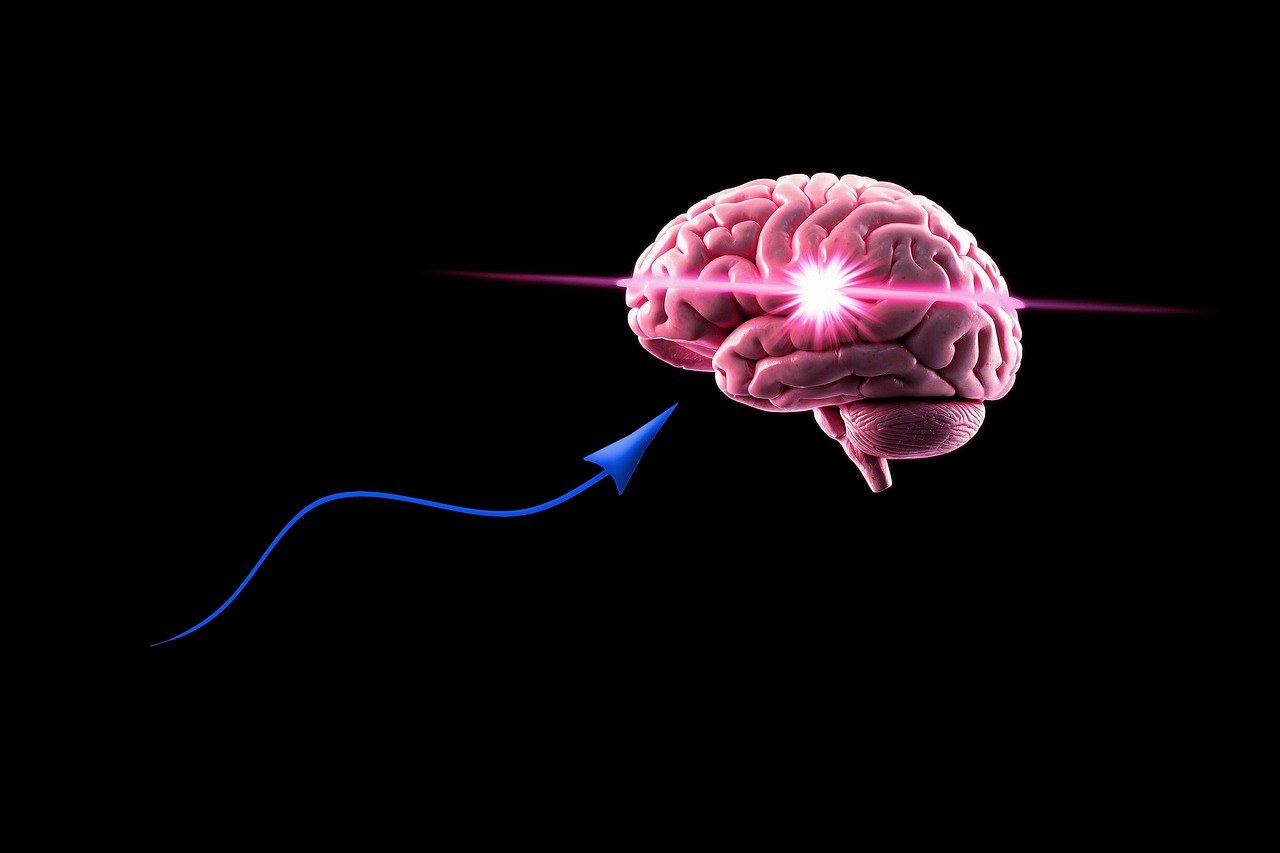Modern relationships have undergone significant transformation over the years, shaping the way we view love, commitment, and connection. Gone are the days when courtship was a lengthy and formal process-today’s relationships are fast-paced, sometimes fleeting, and far more complex. But how exactly have these changes impacted the way we approach romantic relationships? Let’s explore the evolving dynamics of love in the 21st century.
Changes in the Way We Approach Relationships
It’s no secret that the landscape of dating and romantic relationships has dramatically shifted in recent decades. With rapid technological advancements and shifting societal norms, what once was considered traditional in love has given way to more progressive ideas about how we find and build romantic connections.
For those who grew up witnessing the shift from old-school dating to today’s more modern dynamics, here are some notable changes in the nature of relationships we experience today.

1. The Disappearance of Courtship
The concept of courtship-a formal, often lengthy process in which men sought the approval of a woman’s family before marriage-has almost completely vanished. While courtship used to involve dinner dates, formal introductions, and chaperoned meetings, these customs have been replaced by more casual approaches to dating. Today, relationships often begin with friendship, evolve into dating, and, if they continue, lead to partnership-without the formalities of yesteryear.
2. A Blurry Definition of ‘Being in a Relationship’
In the past, the terms “single” or “dating” were pretty straightforward. However, the modern dating scene has given rise to an array of relationship statuses, some of which can feel confusing to those who grew up with more clear-cut definitions. Today, young people may define their relationships with a variety of terms that reflect the fluidity and complexity of modern love. It’s no wonder many relationships are described as “complicated.”
3. The Rise of Online Dating
In the digital age, finding love no longer requires face-to-face introductions through mutual friends or at social events. Dating apps such as Tinder, OkCupid, and Hinge have revolutionized how we meet potential partners. The convenience of swiping right or left has become the new norm, allowing people to connect from anywhere at any time. While older generations may have viewed online dating as a last resort, it is now widely accepted and even encouraged for its ease and accessibility.

4. Easier Breakups, but at a Cost
While breaking up may have once been a difficult, emotional experience, the rise of digital communication has made it easier-though not necessarily kinder. In the past, couples would have to face each other to break up, whether over a meal or in the privacy of a home. Today, many opt for the more impersonal approach of breaking up via text message or social media, a trend that makes ending relationships quicker, but also less emotionally considerate.
5. More Partners in a Lifetime
In the past, people typically settled into one relationship and stayed with that person for life. But with the advent of dating apps and the increasing acceptance of casual dating, many people experience more relationships before they find “the one.” Modern relationships often resemble test drives, where individuals date several people over the course of their lives, exploring compatibility before making a long-term commitment.
6. The Acceptance of Being Single
In previous generations, there was considerable pressure to settle down and get married by a certain age. Today, being single is not only more common but is often seen as a conscious and empowered choice. Many individuals, especially women, are choosing to focus on their careers and personal development rather than rushing into marriage. This shift has led to a broader understanding that being single is perfectly acceptable and, in many cases, desirable.

7. Marriage Delayed, Not Denied
Whereas earlier generations often considered marriage an essential milestone to achieve in their early twenties, today’s young professionals are delaying marriage until later in life. Many prioritize their careers, self-growth, and personal goals before settling down. The traditional view that marriage is the ultimate goal of a relationship has evolved-today, it’s often viewed as just one possible step in a romantic journey.
8. Marriage as an Optional Commitment
In the past, marriage was a given for most couples. However, attitudes have shifted, and many people are choosing to cohabit or even have children before deciding to marry. Marriage, once considered a necessary institution for most romantic relationships, is now seen as optional for many modern couples, especially when love and commitment are already present without the need for legal formalities.
9. A More Open Attitude Toward Sex
As societal views on sex have become more liberal and open, modern relationships tend to include more sexual experimentation. While previous generations may have been more reserved in their sexual behaviors, today’s couples often engage in sexual intimacy early in the relationship and explore different aspects of their desires. This openness reflects a broader cultural shift towards the acceptance of diverse sexual preferences and a rejection of traditional taboos.
10. Same-Sex Relationships Gaining Visibility
One of the most significant shifts in modern relationships has been the rise in visibility and acceptance of same-sex relationships. While LGBTQ+ individuals have always been a part of society, modern times have seen greater public acceptance of same-sex couples. Same-sex marriages, though still controversial in some areas, have become more widespread and are increasingly celebrated as part of the ongoing evolution of love and relationships.
What Has Stayed the Same
11. Financial Stability Remains Important
Even in modern relationships, financial stability continues to be a critical factor when choosing a partner. While it’s possible to fall in love with someone who is struggling financially, most people seek partners who can contribute to a stable financial future. Despite the more relaxed social structures of today’s relationships, practical considerations-like paying the bills-remain crucial in maintaining a healthy partnership.
12. Meeting Through Friends is Still Effective
Despite the rise of online dating, meeting a partner through mutual friends continues to be one of the most reliable ways to start a relationship. Having a common connection adds an extra layer of comfort and security, creating a foundation for the relationship to grow. In some ways, the classic way of meeting someone through friends hasn’t lost its charm and effectiveness.
In conclusion, while many aspects of modern relationships have evolved, some core elements remain the same. Relationships today may be faster, more flexible, and more diverse than ever, but the underlying values of love, commitment, and companionship still hold strong.